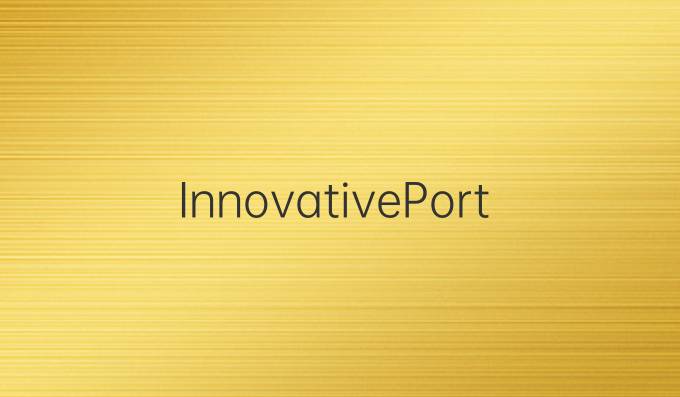
4007-702-802
Follow us on:



The source of the article:ManLang Publishing date:2024-10-28 Shared by:

Abstra: The design of a portal website plays a crucial role in enhancing user experience and engagement. This article delves into four key aspes of innovative portal website design: responsive design, usercentered navigation, interaion and engagement features, and aesthetics and branding. Each aspe is explored in detail, emphasizing its importance in providing a seamless user experience that fosters both satisfaion and regular return visits. The discussion also highlights current trends in web design and how they adapt to user expeations. Ultimately, we argue that an innovative portal design, when executed thoughtfully, can significantly increase user engagement and satisfaion, leading to improved retention and use.
Responsive design is a fundamental aspe of modern web design that ensures websites funion well across a variety of devices and screen sizes. With the increasing use of smartphones, tablets, and laptops, it is critical for portal websites to have a design that adapts seamlessly to different environments. Responsive web design employs flexible grids, layouts, and images that adjust according to the screen resolution, providing an optimal viewing experience without the need for horizontal scrolling.

A responsive portal website enhances user experience by providing accessibility to users regardless of the device they are using. Users can engage with content in a way that is comfortable and familiar to them, whether they are at home on a desktop or on the go with their mobile devices. This flexibility is essential in retaining users and encouraging continued engagement with the portal's content.
Usercentered navigation is another crucial element of portal website design. Effeive navigation helps users find the information they need quickly and intuitively, which reduces frustration and enhances overall satisfaion. A wellstruured navigation system includes clear labels, logical hierarchies, and a search feature that allows users to explore the content effortlessly.
Creating a usercentered navigation paradigm involves understanding the target audience and their behaviors. User research, such as surveys and usability testing, can provide insights into how users prefer to navigate and what information they seek. Once designers have this data, they can create navigational elements that align with user expeations, facilitating an efficient browsing experience.
The inclusion of interaive elements and engagement features plays a vital role in keeping users interested and involved. Modern portal websites benefit from integrating features such as forums, comment seions, polls, and social media sharing options. These elements encourage user participation and contribute to a sense of community among users of the portal.
Interaivity fosters user engagement by allowing users not only to consume content but also to contribute to it. For instance, forums where users can discuss topics or ask questions create an environment conducive to engagement. When users feel that they are part of a larger conversation, they are more likely to return to the portal regularly to engage with fresh content and view discussions.
Aesthetics and branding are integral to the user experience of a portal website. The first impression counts, and a visually appealing design can significantly influence users' perceptions of the portal's credibility and value. Aesthetic elements include color schemes, typography, imagery, and layout, all of which need to harmonize to create a cohesive branding experience.
Effeive branding through aesthetics ensures that the portal stands out and is recognizable to users. A welldesigned logo, consistent color palette, and professionallooking graphics contribute to a positive brand identity that users can relate to. This recognition can enhance trust, making users more likely to return to the site and recommend it to others.
Summary: In conclusion, innovative portal website design focuses on enhancing user experience and engagement through several key aspes: responsive design, usercentered navigation, interaion and engagement features, and effeive aesthetics and branding. By carefully considering these elements, designers can create portals that are not only visually appealing but also highly funional and engaging. A thoughtful approach to portal design significantly enhances user satisfaion, encourages deep exploration of content, and helps to establish a strong, loyal user base.
What you might be interested in
Unlocking Success: Mastering SEO Strategies for Enhanced Website Optimization and Increased Visibili
2025-04-14Mastering SEO Optimization: Transform Your Marketing Strategy for Enhanced Online Visibility and Gro
2025-04-14Mastering SEM Bidding Strategies: Unlocking Success in Digital Advertising
2025-04-14Understanding SEO and SEM: Essential Strategies for Boosting Online Visibility and Driving Traffic
2025-04-14Unlocking Success: How Content Marketing Agencies Drive Engagement and Brand Growth
2025-04-14Enhancing Marketing Efficiency: Innovative Strategies for Optimizing Promotion Success
2025-04-14Unlocking the Essentials of Content Marketing: Key Strategies and Elements for Engaging Your Audienc
2025-04-14Mastering the Art of Building an Effeive International Trade Website: A Comprehensive Guide to Succe
2025-04-14What you might also be interested in
Crafting a Seamless Online Presence: A Comprehensive Guide to Building Your Official Website
2024-12-31The Ultimate SEO Guide: Master the Art of Optimization for Top Search Engine Rankings!
2024-02-02Mastering SEM: A Comprehensive Guide to Search Engine Marketing Excellence
2024-05-18Unlocking the Power of Visual Content Marketing: Strategies to Engage and Convert Your Audience
2025-02-18Unlocking Success: Boosting SEO Keyword Rankings for Online Visibility
2024-04-26